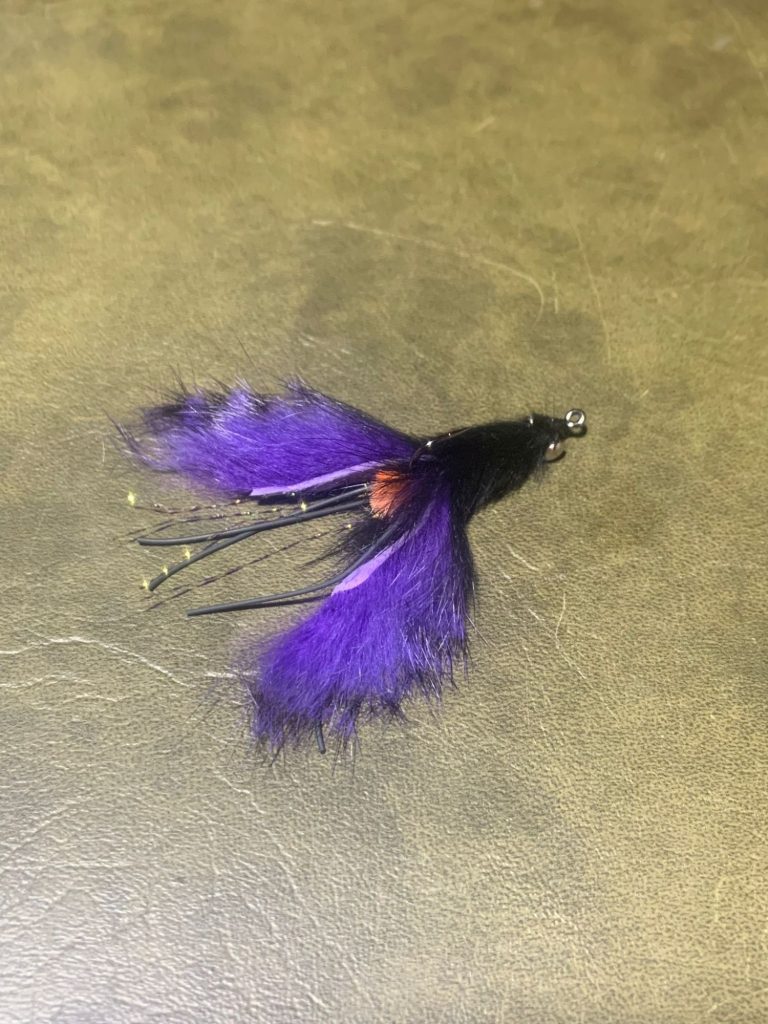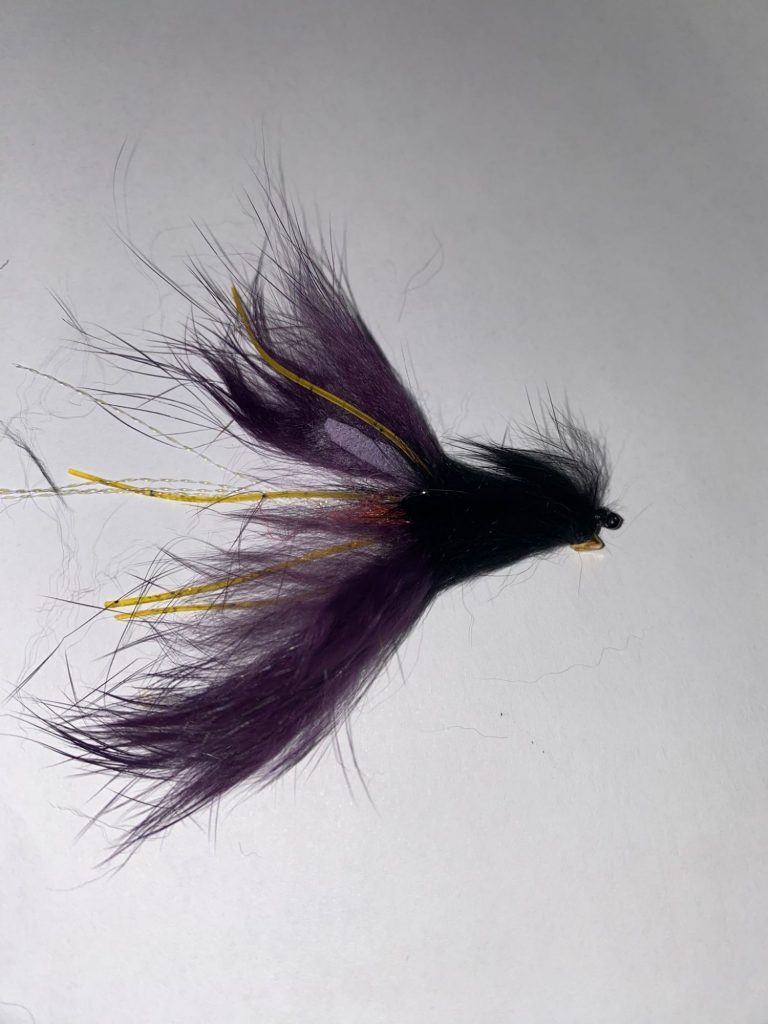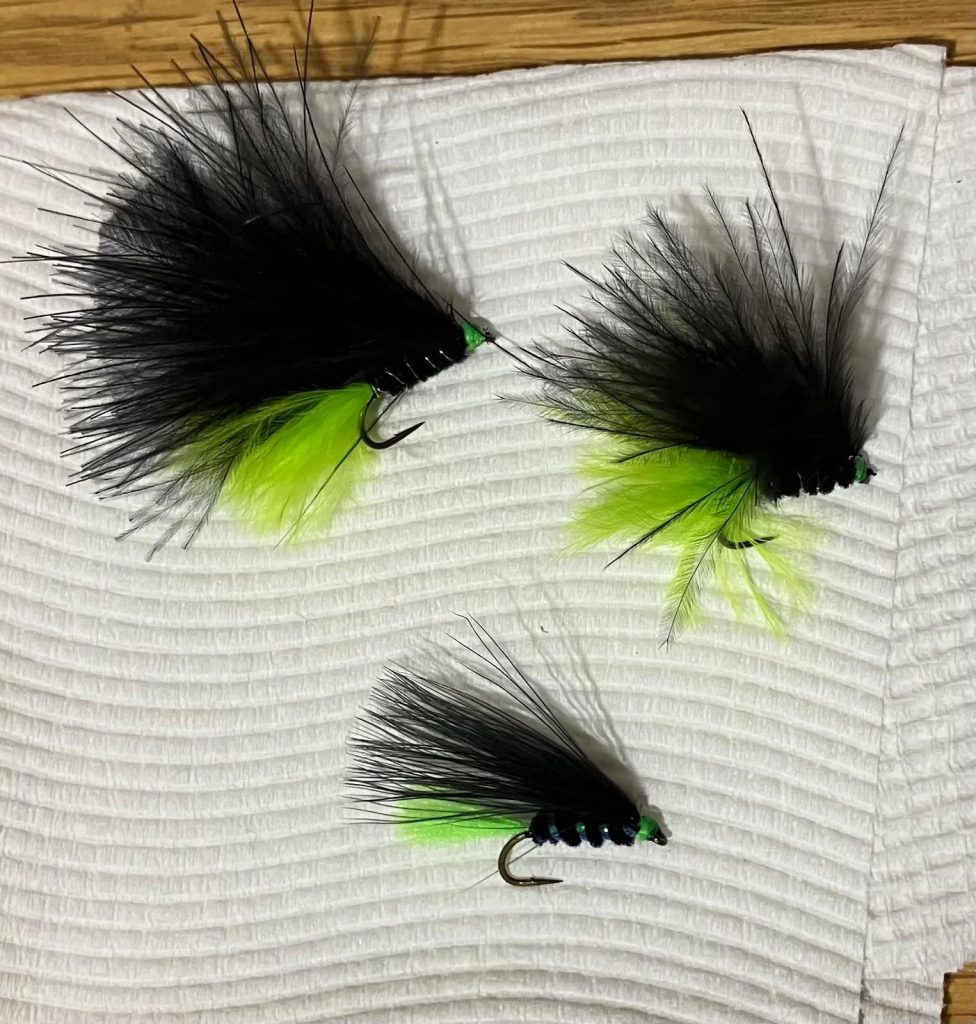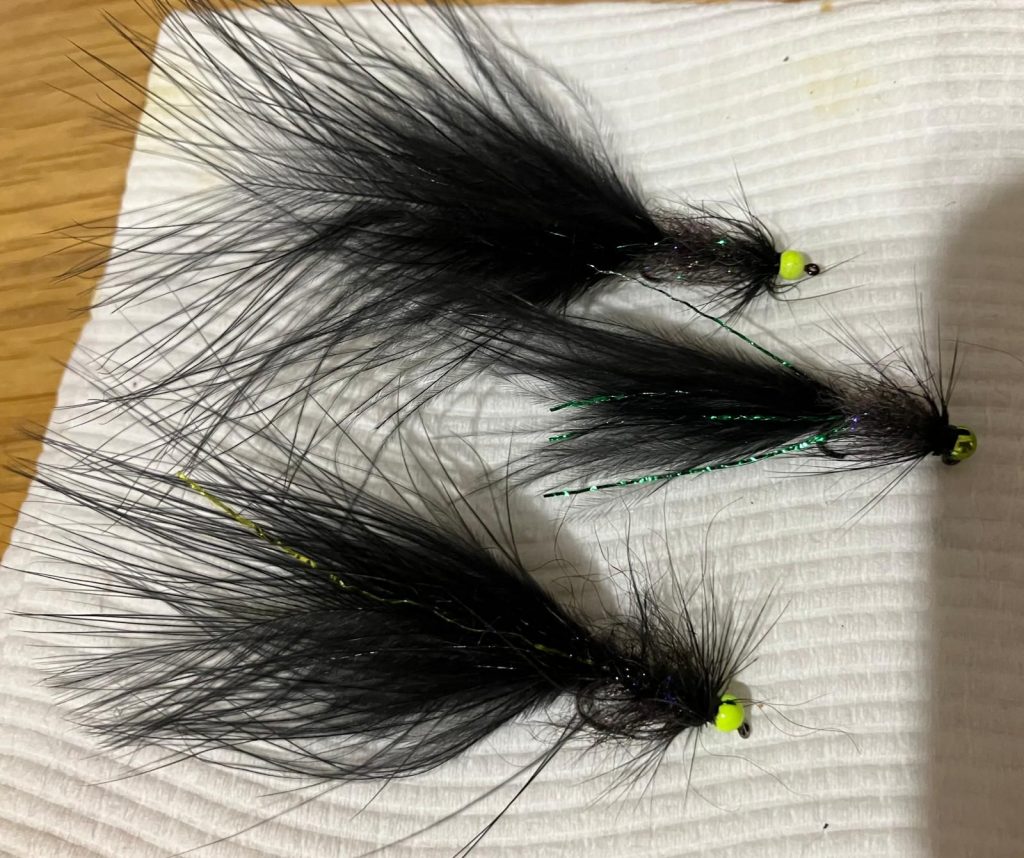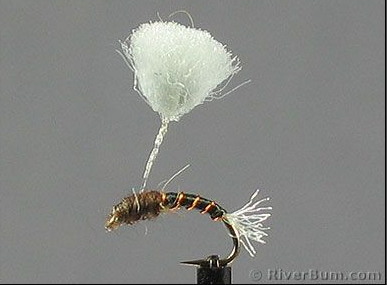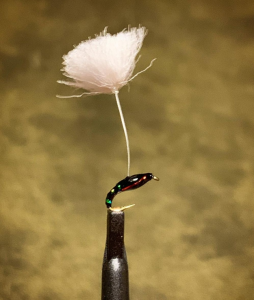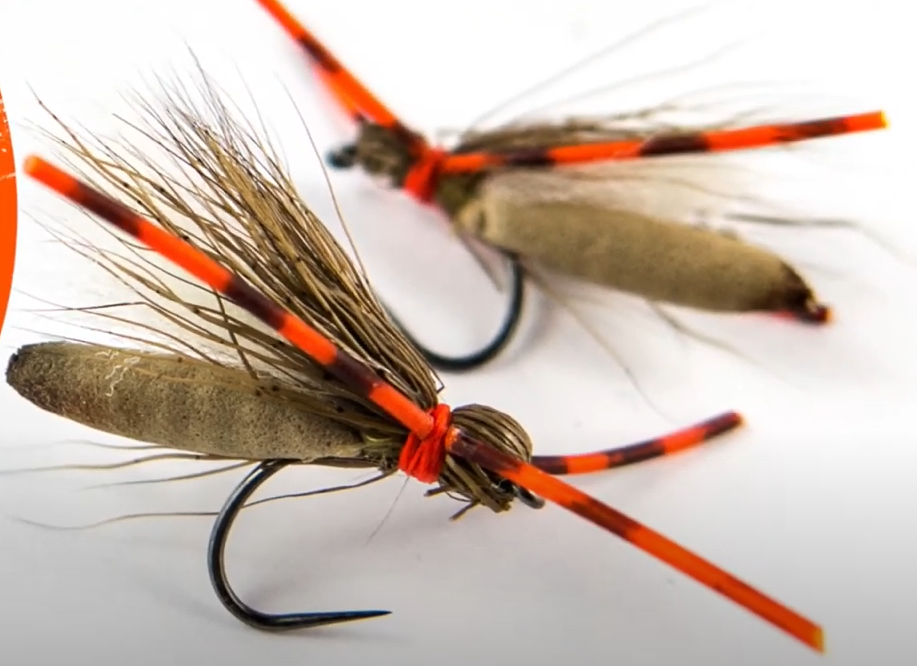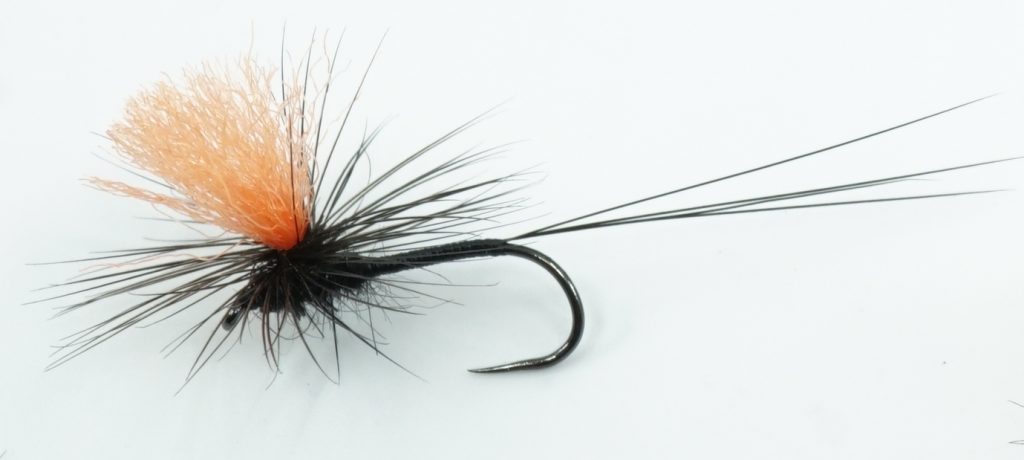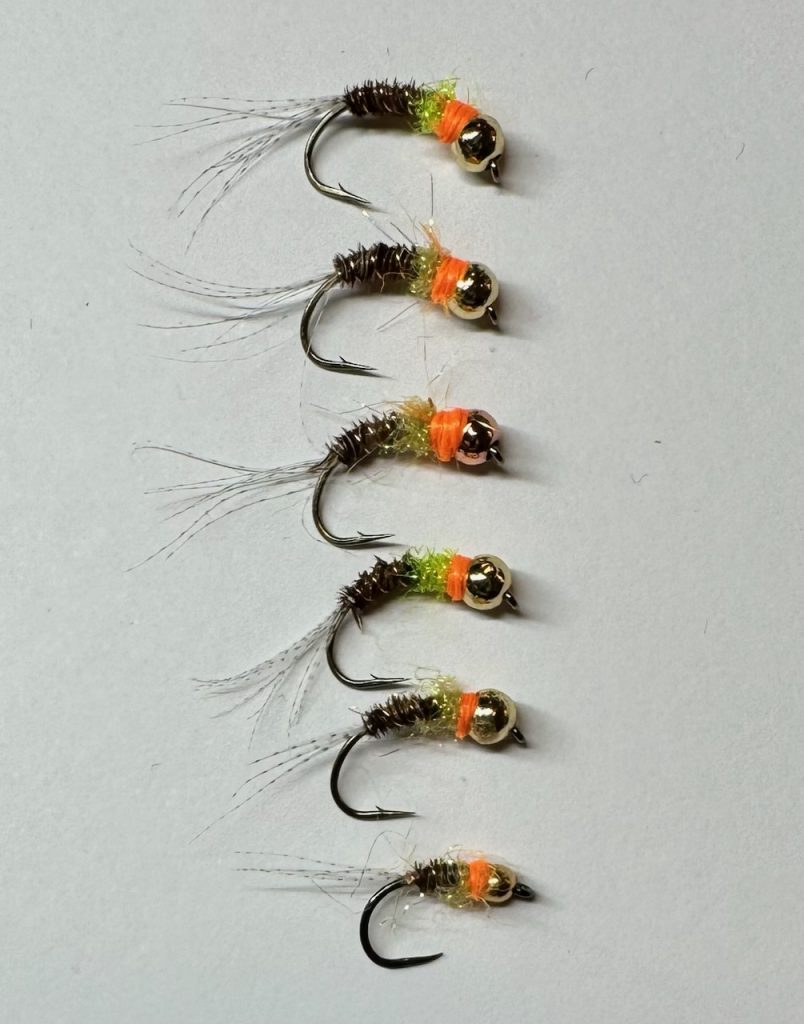John was the lead. His guidance:
The recipe for the saltwater popper – aka BNB (Bass N Brim) popper follows:
Hook: Tiemco TMC8089 #2-10
Thread: Danville Flat Waxed Nylon
Tail: Slinky Fibres
Legs: Sili-legs over a ball of Hareline UV Dubbing
Body: 10mm crystal chenille with 2mm two tone foam cut with a Chernobyl Ant cutter
Indicator: 2mm Two tone foam, vibrant colour to suit.

This fly was designed by Brett Clarke who founded BWC Flies in 2012 and was featured in FlyLife, Number 81, Spring 2015
Some examples from our night:
John:
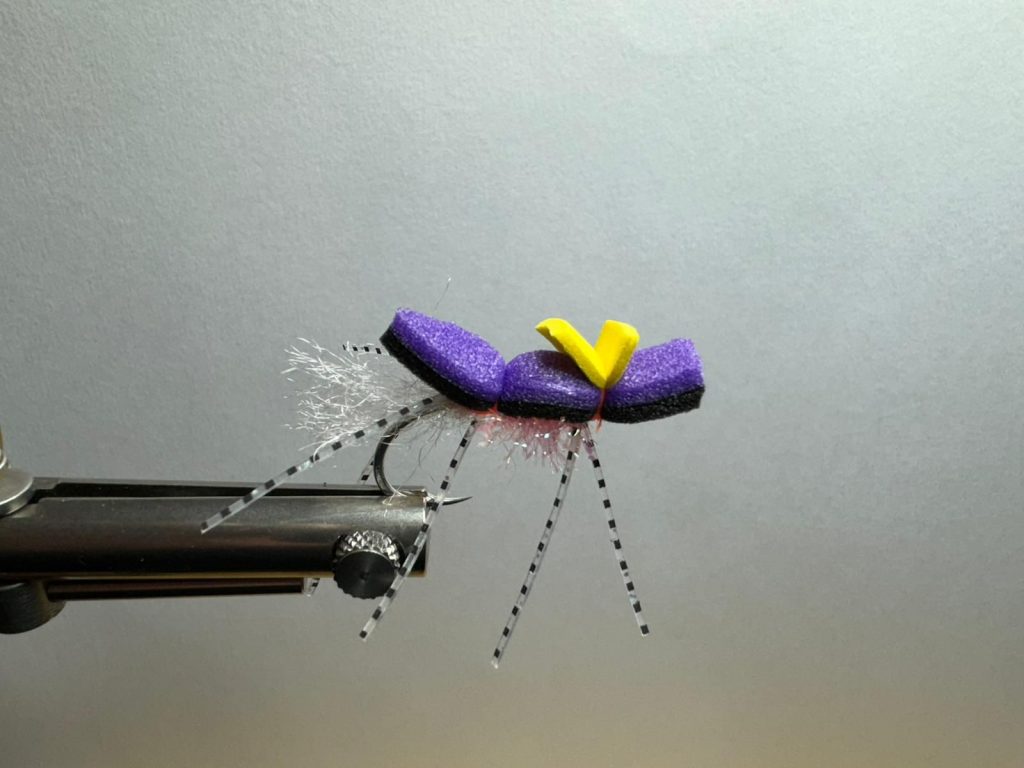
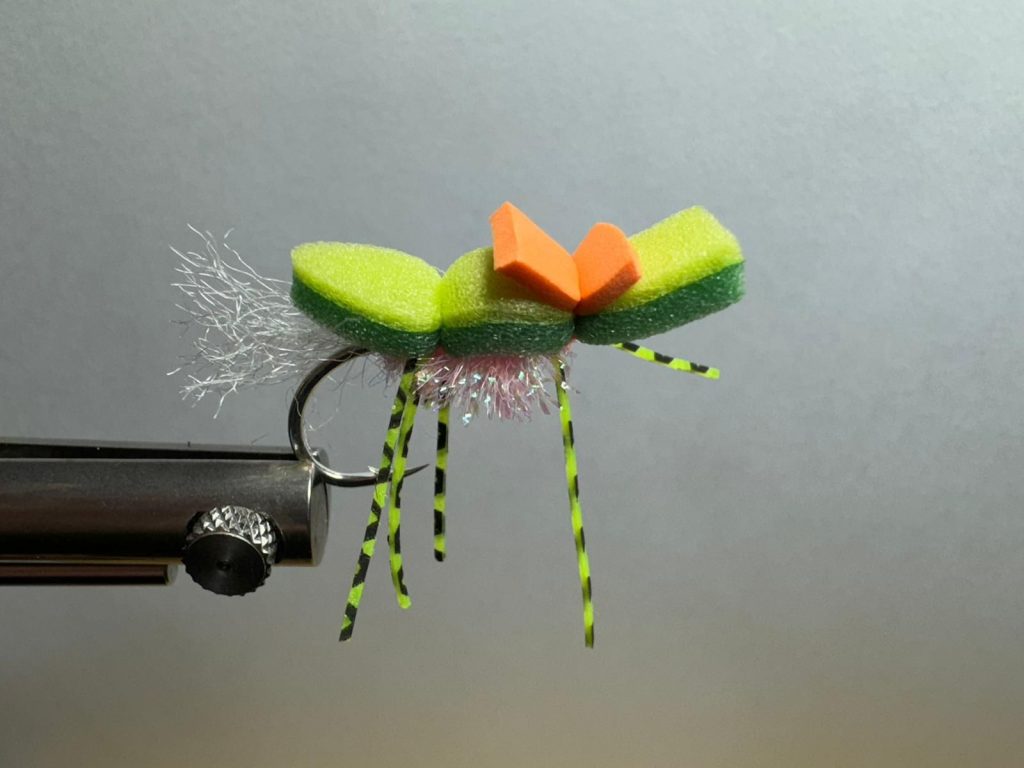
Ryan glued his own twotone foam:
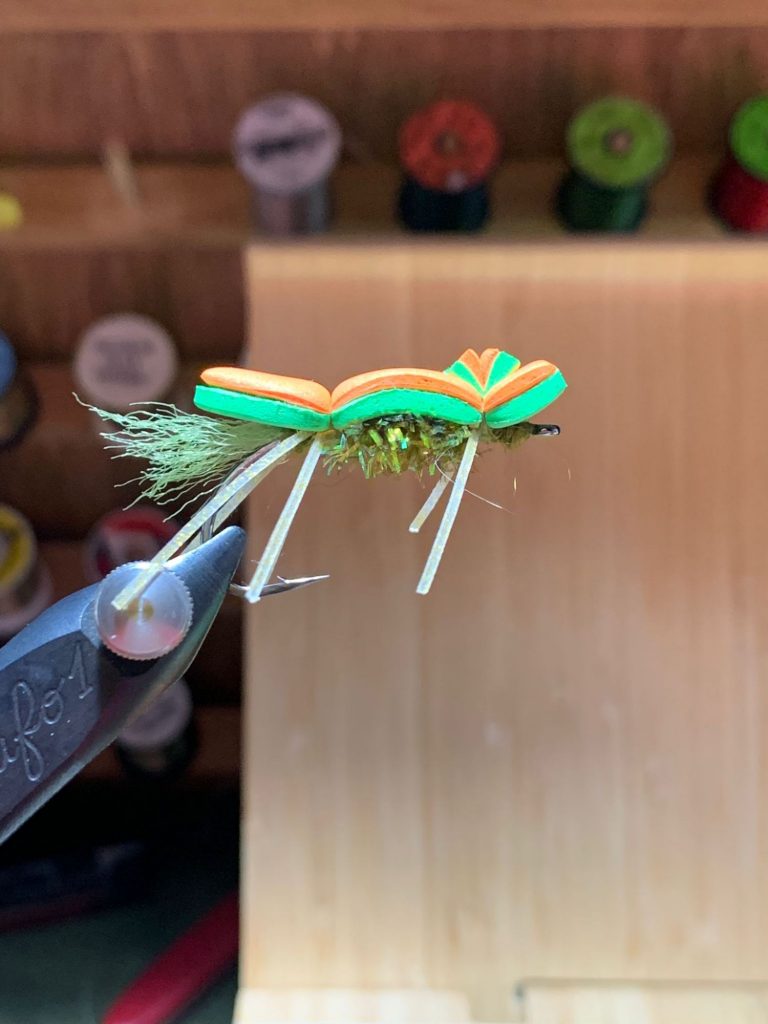
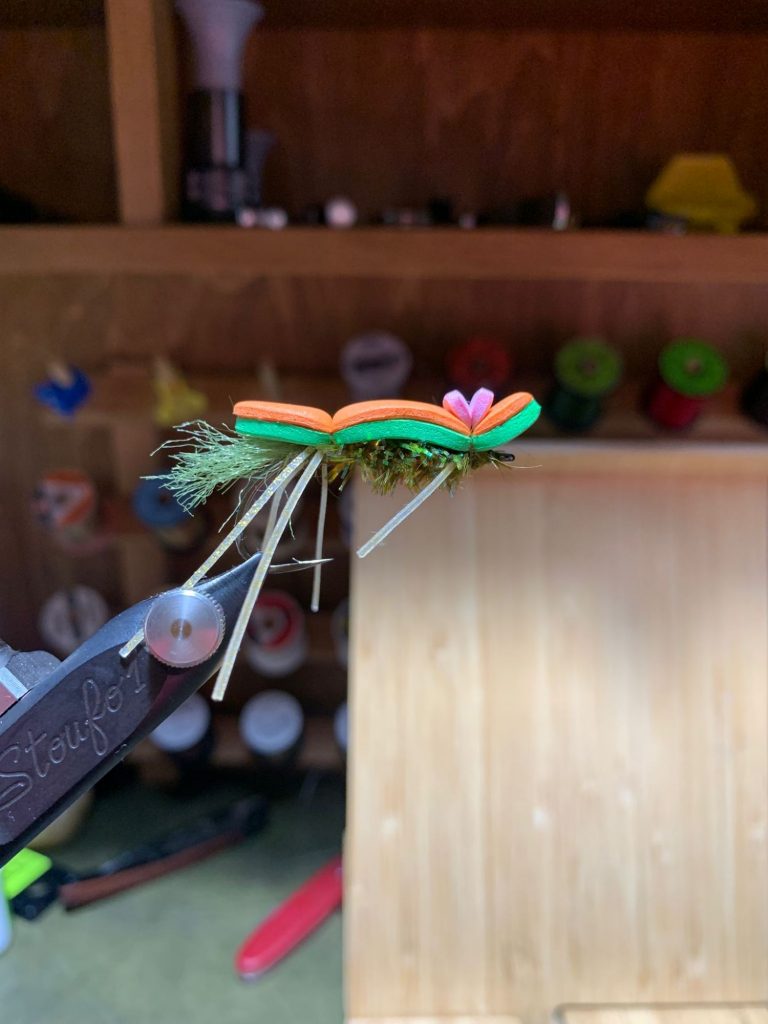
Keywords dryfly, emergerfly


